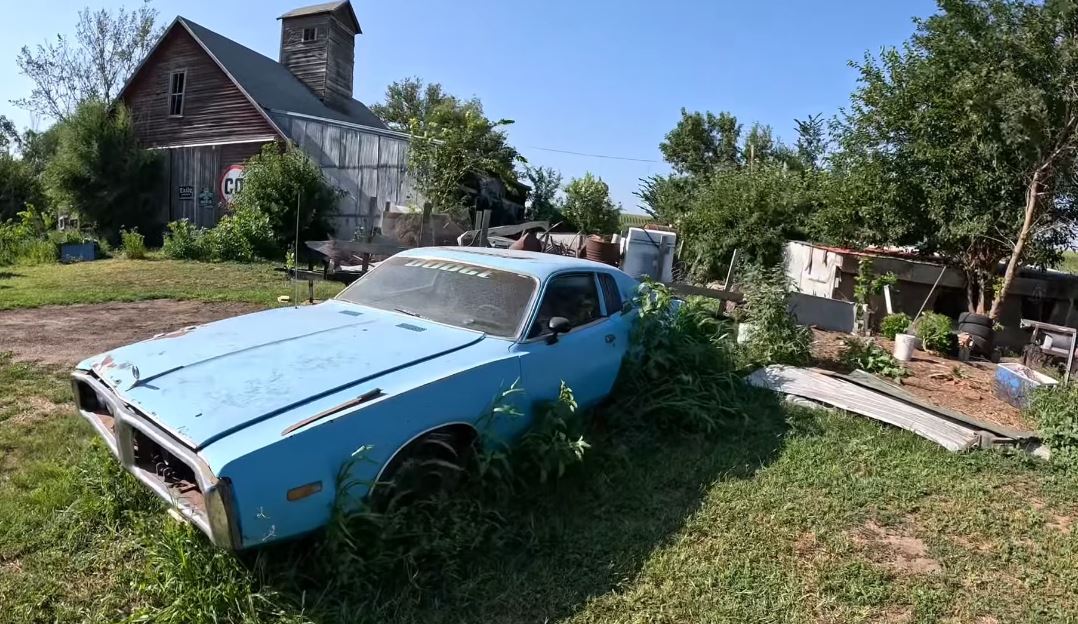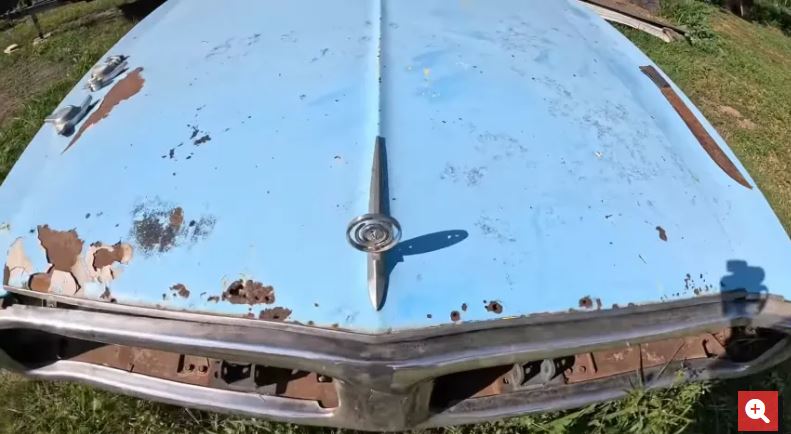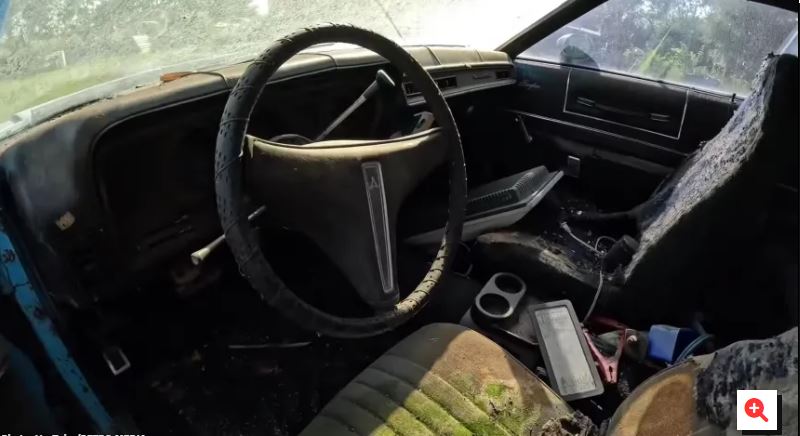The Dodge Charger may be heading into a new generation, but the half-century-old examples turn heads, start conversations, and get center stage no matter what else lies around them. There’s a clear segregation between the second-generation muscle Dodge and the others. Still, the third-gen is often overlooked despite being the best-selling production run of all classic Chargers.
With over 372,000 automobiles assembled, the 1971-1974 Charger is by far the highest volume among its nameplate peers. Its peak year arrived in 1973; just as the whole muscle car fashion was waning out, almost 123,000 Chargers left the factories to brave the dawn of the Malaise.
Around 26,000 of them wore the guise of the high-end Special Edition (SE) trim, equipped with the 400 cubic-inch V8 (6.6 liters) and a TorqueFlite transmission. The powerplant – Chrysler’s last big-block engine that debuted in 1972 – replaced the venerable 383 (6.3-liter) motor. The third-gen Dodge Charger was a far-fell apple from the original muscle car tree, beginning to identify as a personal luxury car.
The Charger SE was the first to steer clear of its ancestry and instead manifested more plushness in its demeanor. Dodge brass hats themselves had been flirting with the idea of ‘horsepower be damned’ for a while, having retired the R/T package at the end of 1971.
Incidentally, that was the same year the 426 Hemi V8 left the stage. To twist the knife in the wound even deeper, from that year on, carmakers had to report their engines’ outputs in net values, which looked like a major drop in horsepower and torque.
A Charger SE from 1973 might not have had the same muscular stance as the ‘68-’70 generation, and the louvered quarter windows made it even less imposing. But stumbling across one today is a nice surprise, even just for nostalgic old times’ sake, if nothing else.
Take the example in the video below—sitting in a field in Nebraska with an unknown history and overall condition, as discovered by Gas Pump Rob, the YouTuber behind the Petro Media channel. He doesn’t say the mileage on this car or how long it has been sitting (and why outside, right next to a perfectly fine barn), but the walkaround reveals a pretty solid car.
According to the vlogger, the VIN indicates this car was born with a 400-cube V8 (but he doesn’t specify the variant, two- or four-barrel; it does have dual exhaust tips, which could mean four-throat carb) and an automatic three-speed gearbox. If the deduction is correct, and whatever is under the hood is the original equipment, then this classic Charger was rated at 260 hp / 264 PS (SAE net) and 335 lb-ft / 454 Nm.
The interior is filthy but in one piece, and the Brougham emblem on the doors hints at the ’73 Charger’s luxury inclinations. This car also has a rare feature—the manual sunroof, which was ordered on 3,100 vehicles sold in the United States that year.
What’s curious is the missing vinyl top – SEs had it standard, and it was mandatory on all sliding sunroof examples, but perhaps the vinyl was lost during the repaint. That is, of course, provided this automobile was assembled with the opening hatch above the greenhouse and it’s not an aftermarket chop job.
This Dodge was born yellow and is not wearing this fading shade of blue, so maybe that explains this sunroof-vinyl inconsistency. If you’re curious, the car is for sale—it’s not listed anywhere; the owners invited the YouTuber to make them an offer on it.
According to the license plate and the owner’s claims, this third-generation Dodge Charger was a California car back in 1973, and the plate would back this statement. It also indicates that this car was last on the road in 2004 at the closest (it could have been registered but not actually driven before that date).


